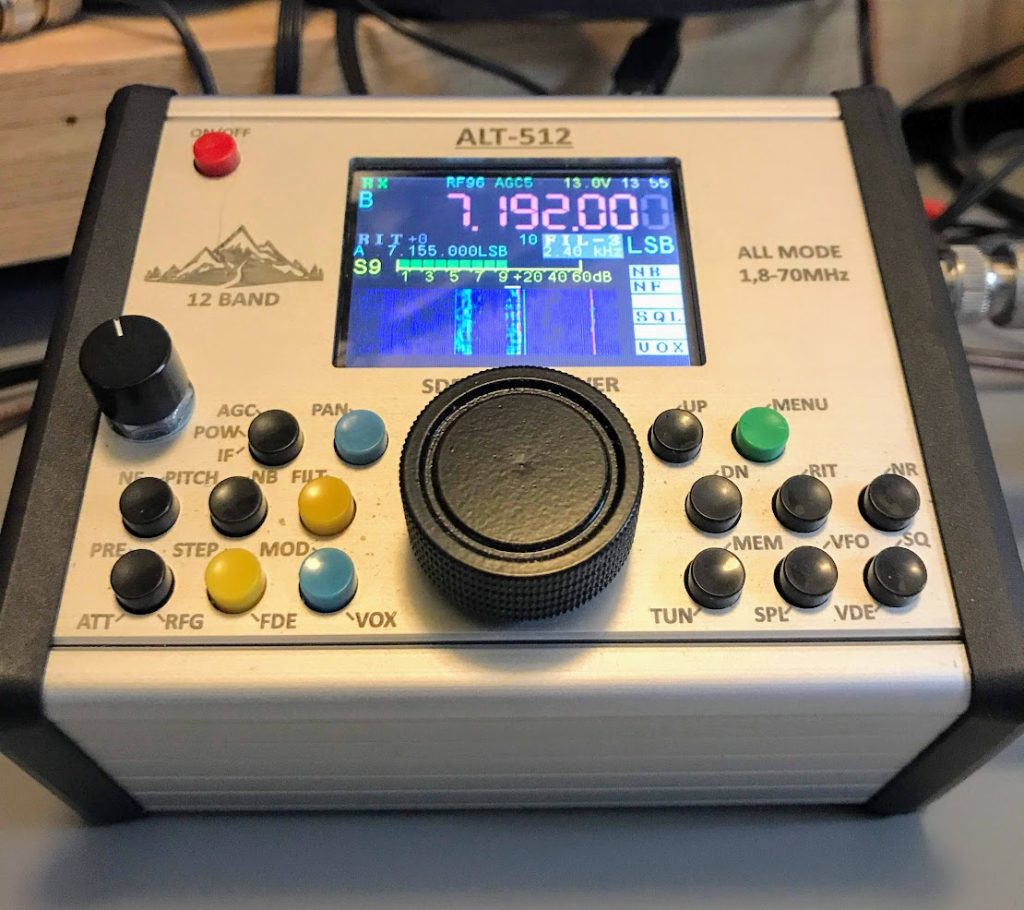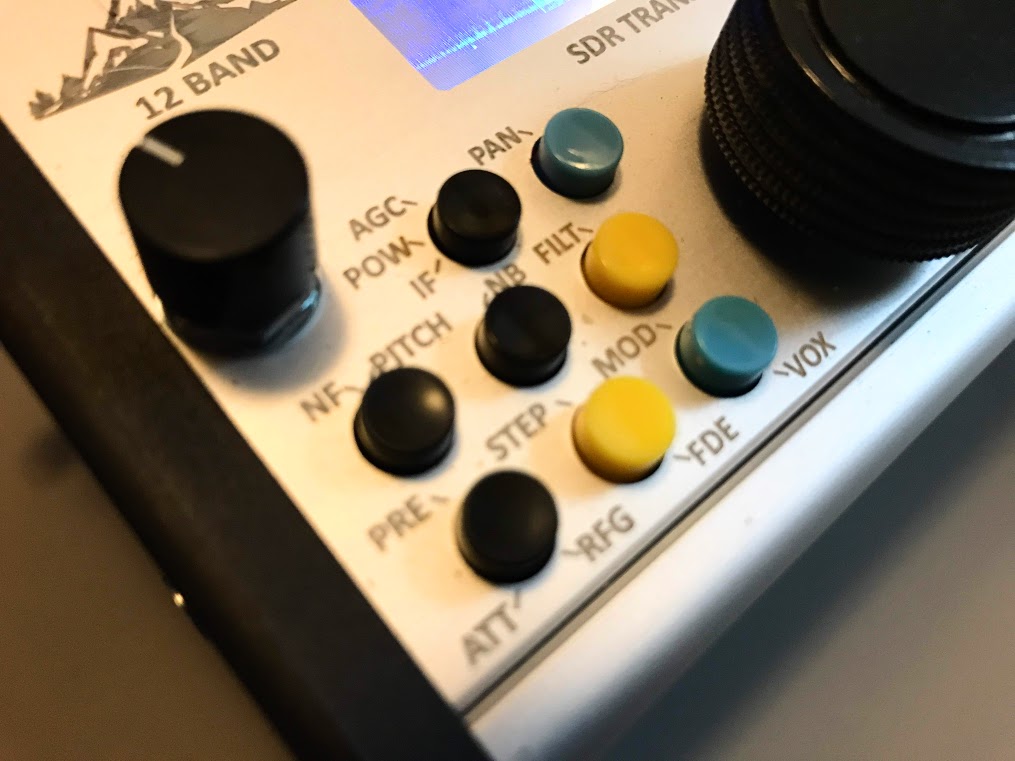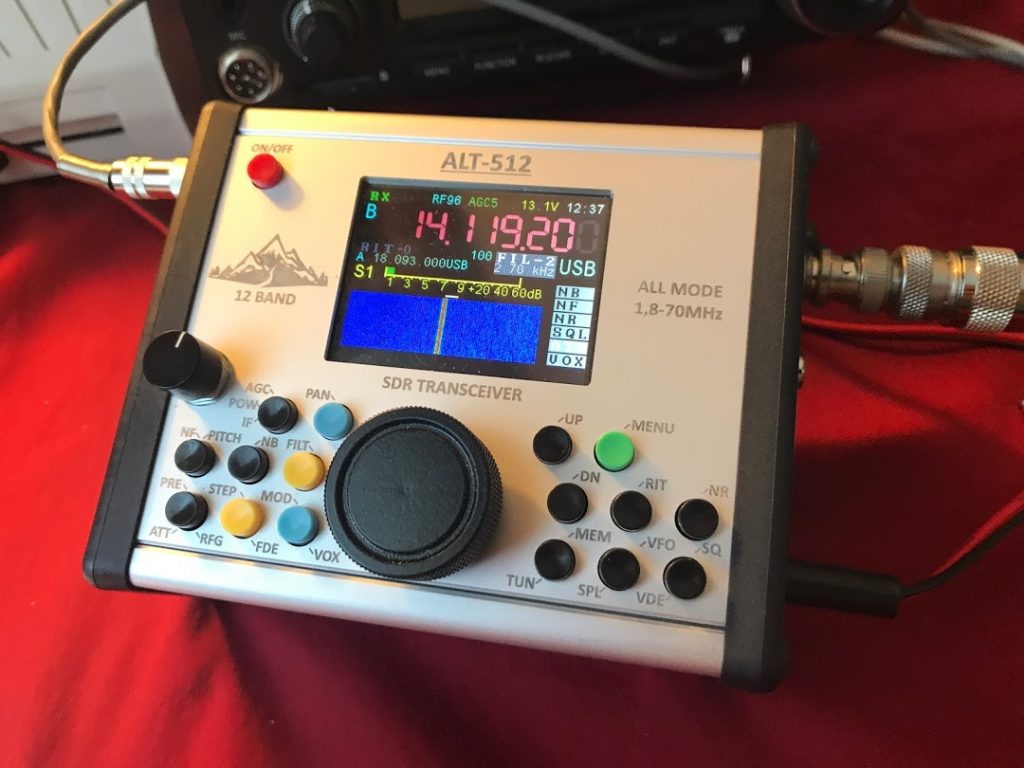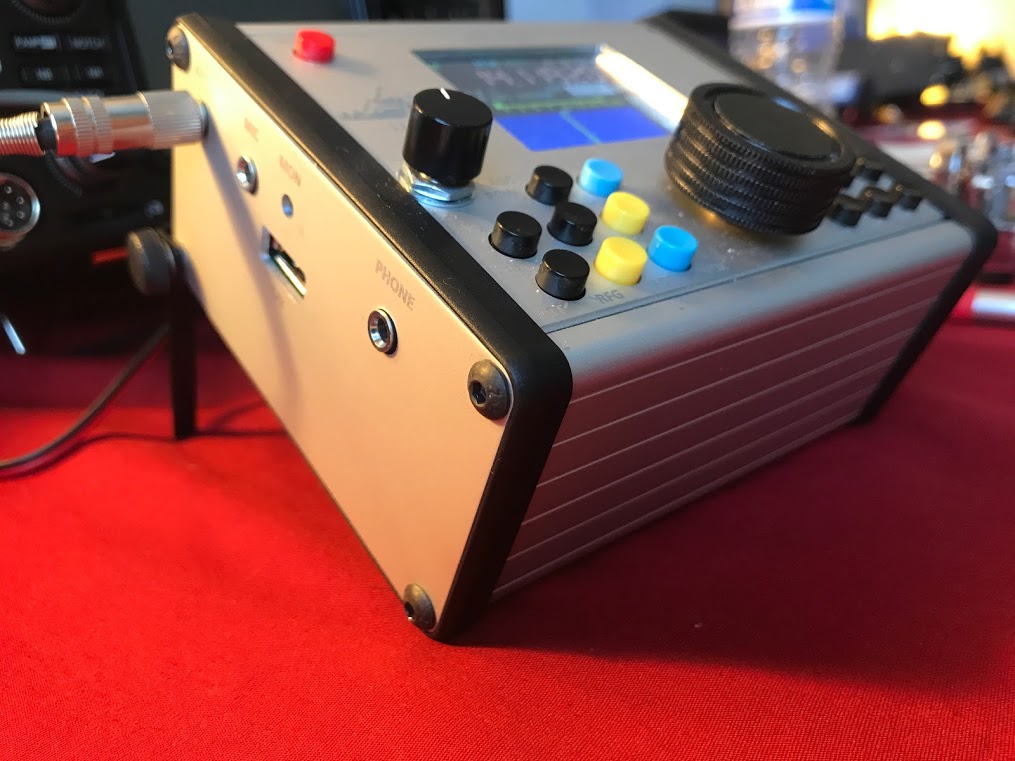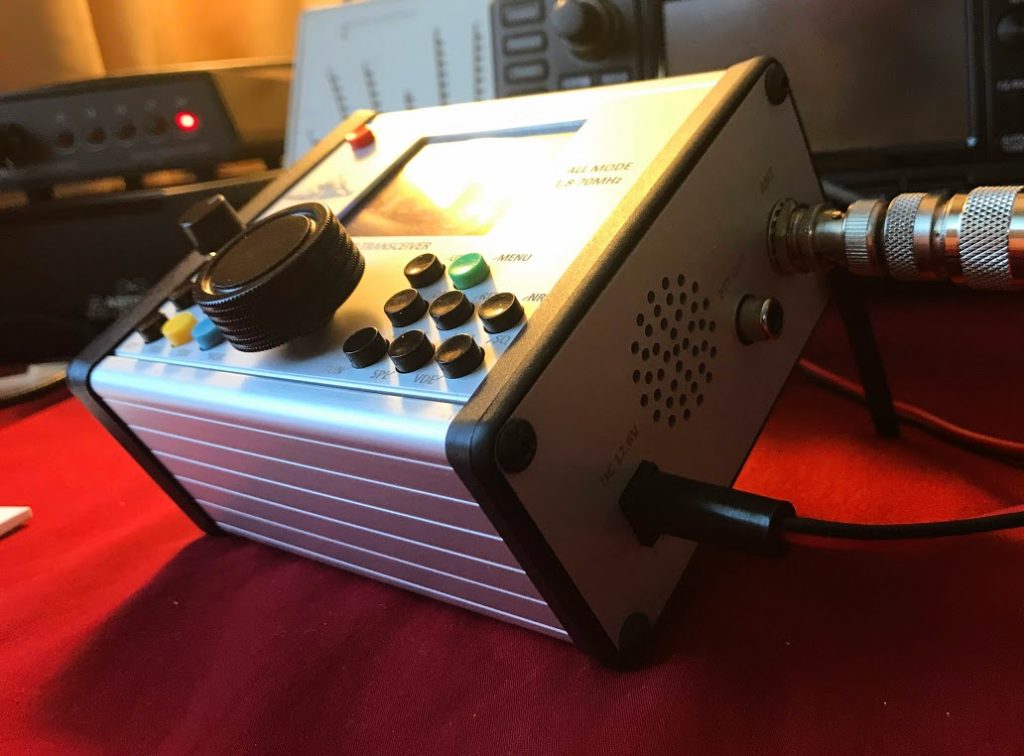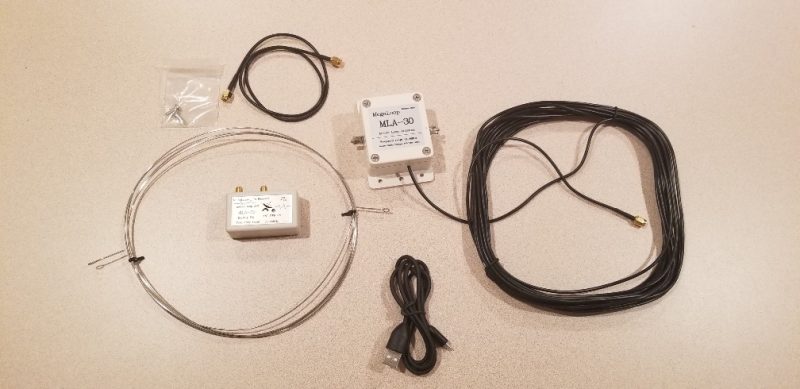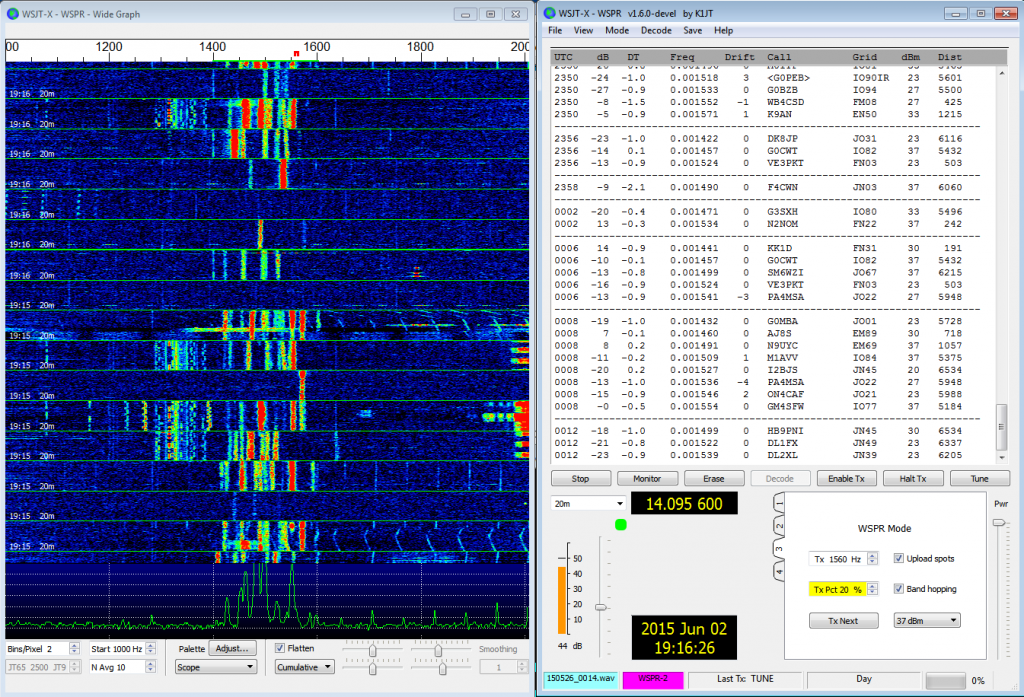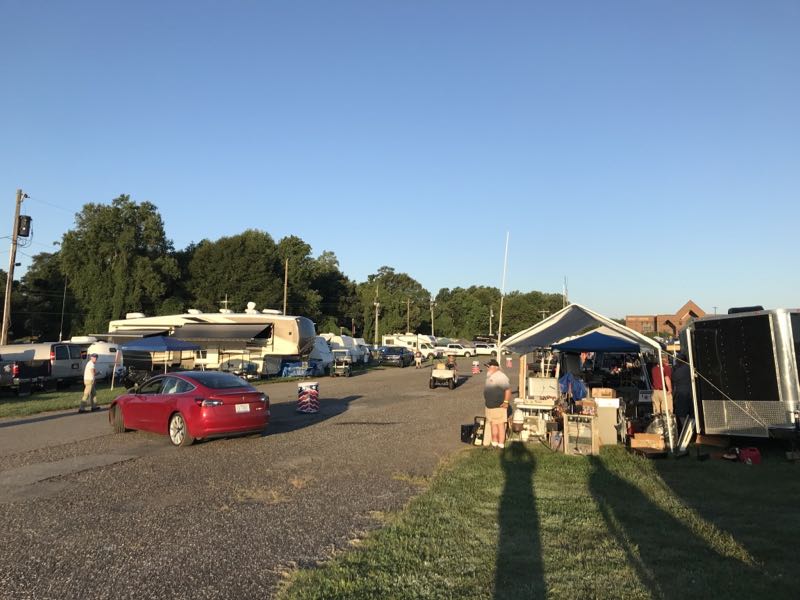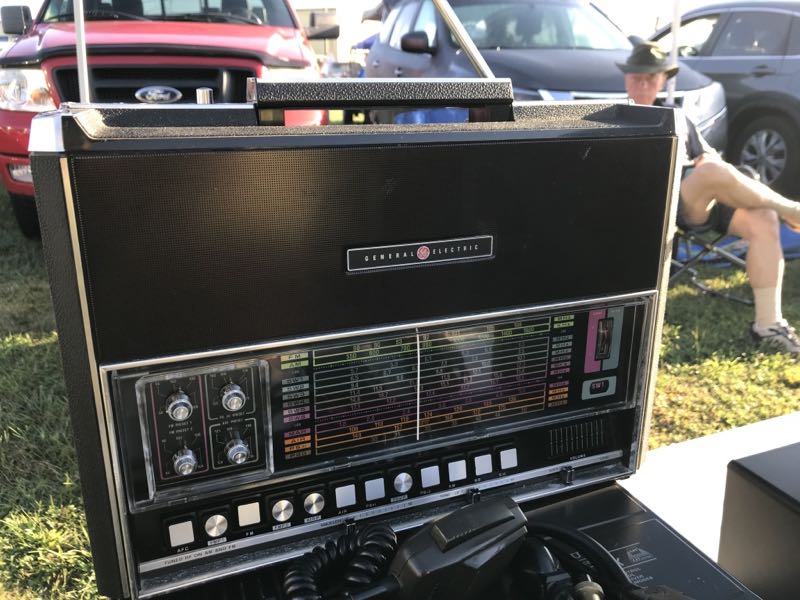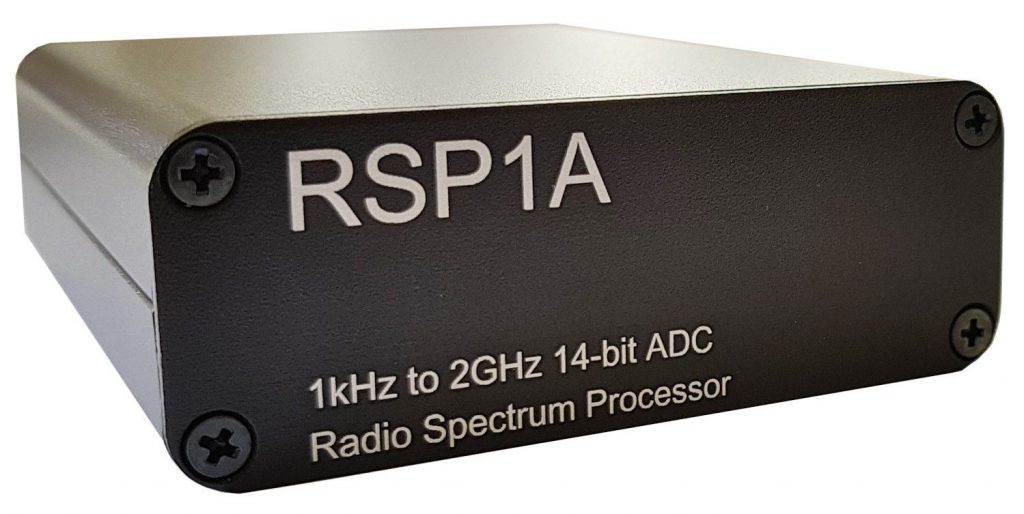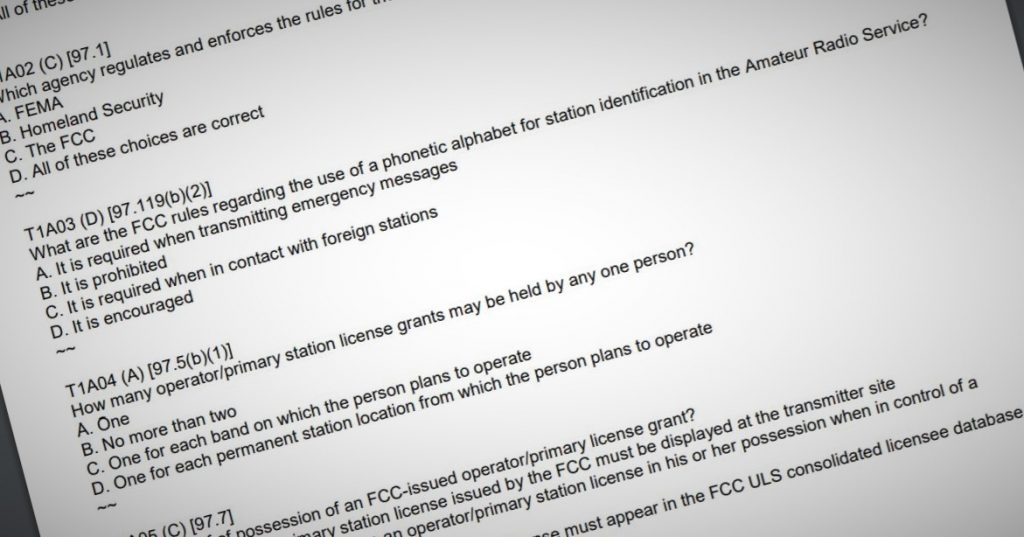So the ALT-512 QRP SDR transceiver has landed at SWLing Post HQ. This little rig is on loan from Aerial-51 and I’ll be spending the next month or so putting it through the paces.
I can already tell that the ALT-512 has some strong points:
- It’s incredibly portable and easy to take to the field, providing you have a battery and resonant antenna (or external ATU).
- The color backlit display is quite readable at any angle despite being rather information-dense.
- I really like the waterfall display. It’s large enough to be quite useful.
- The ALT-512 can connect directly to your computer for digital modes like FT-8. No external sound card needed.
- The menu system contains a wide array of features and options for granular tweaks and modifications.
- The ALT-512 includes the European 4 meter band.
- Although I prefer using headphones with small radios, the ALT-512’s small internal speaker does a fine job.
- Rob Sherwood tested the ALT-512 (indeed, this very unit) recently and added it to his receiver test data. It performed quite well especially considering the price.
Any negatives so far? Nothing major:
- No internal ATU or battery options. At this price point (799 EUR), I wouldn’t expect either of these.
- The ALT-512 is not general coverage. This is a negative for those of us who like SWLing, but a positive for ham radio use as the ALT-512 sports band-specific bandpass filters to reject out-of-band strong stations. You can tune to some stations above the 40M band and also the full mediumwave band and below (down to 100 kHz), although I wouldn’t expect stellar performance in those regions.
So far, I’m very pleased with the ALT-512’s performance.
Next, I’ll be taking it to the field and see how easily I can activate a few POTA (Parks On The Air) sites! Stay tuned!

